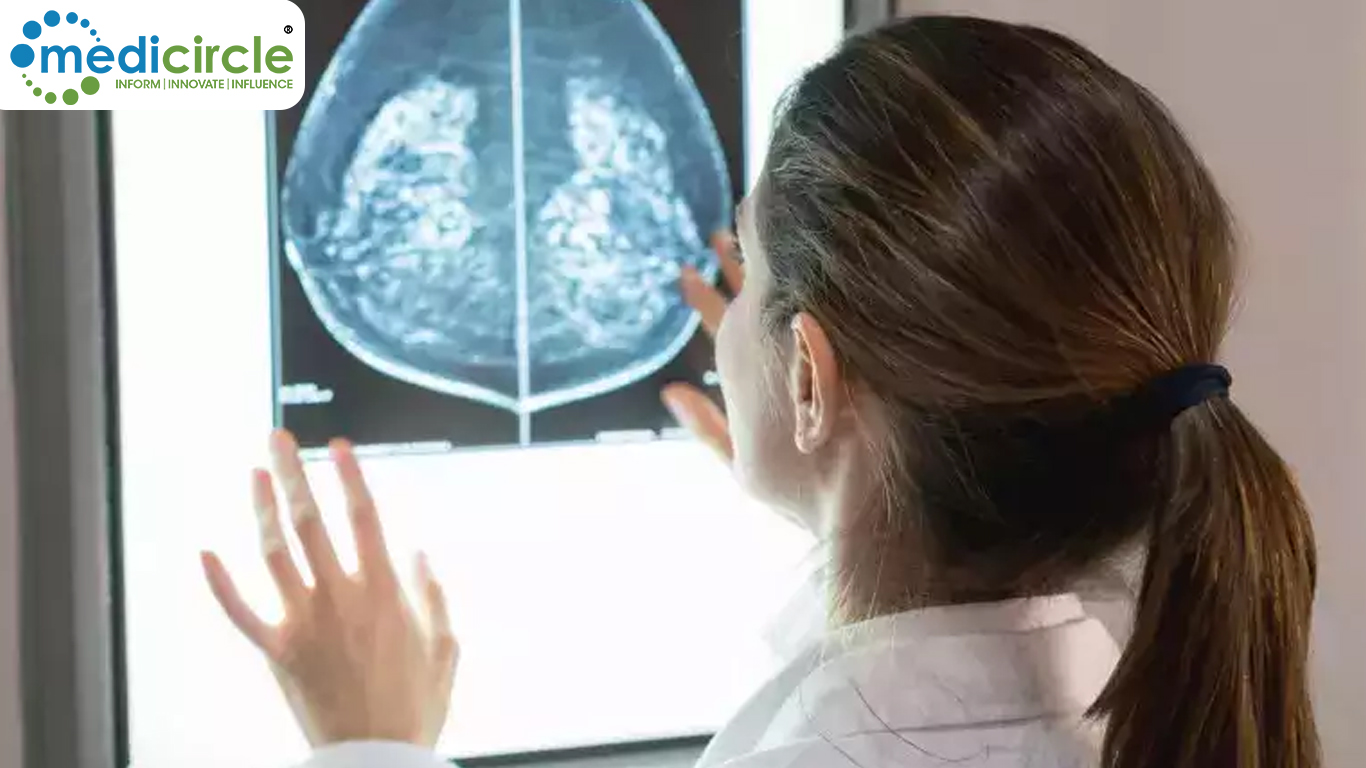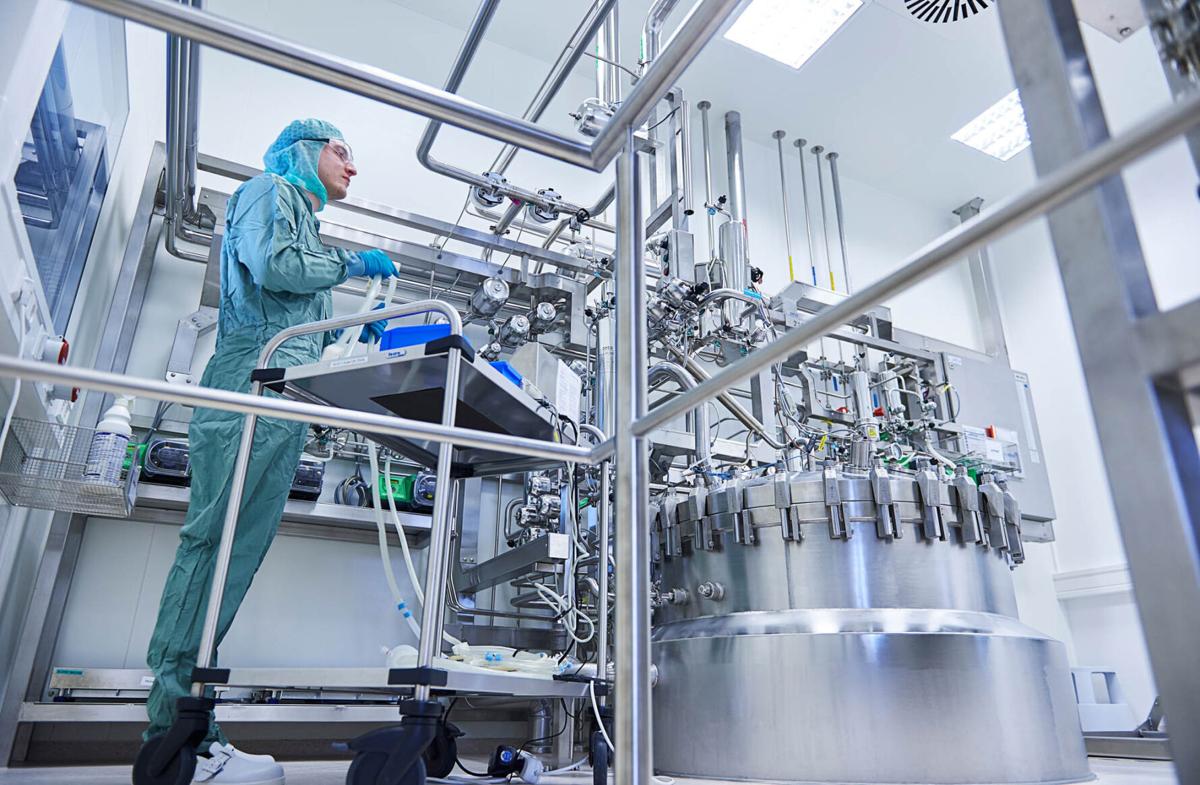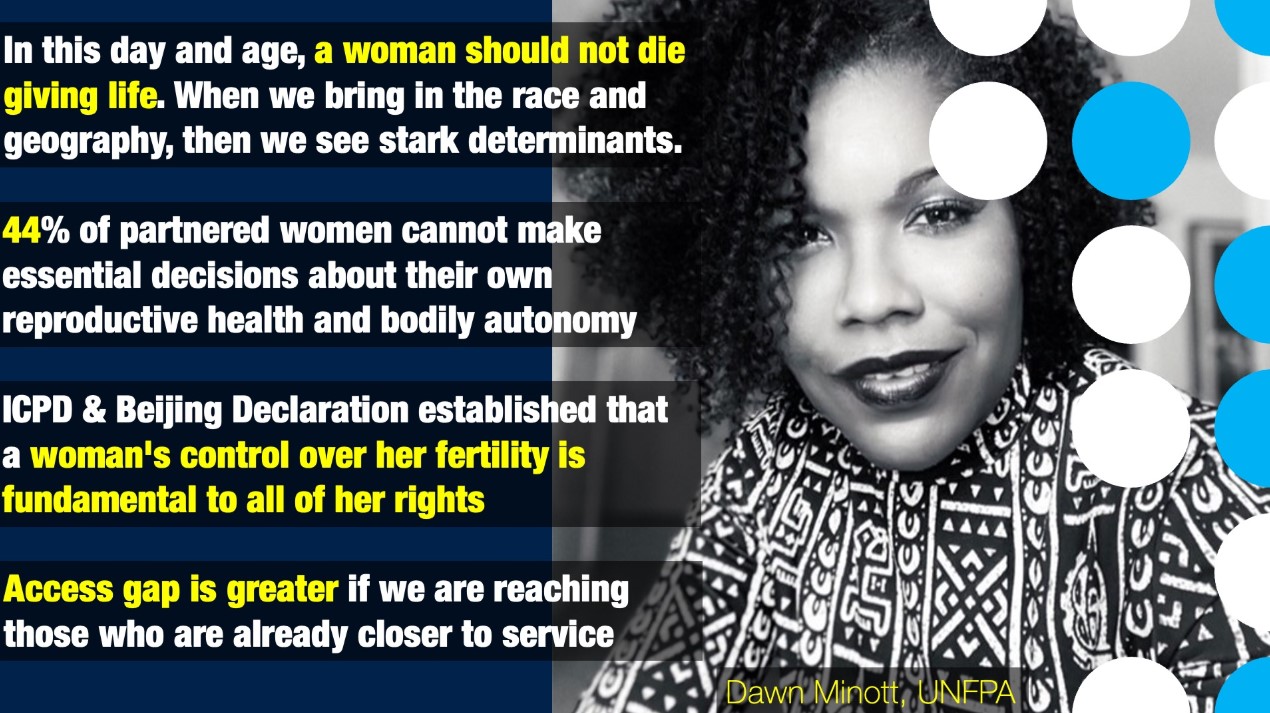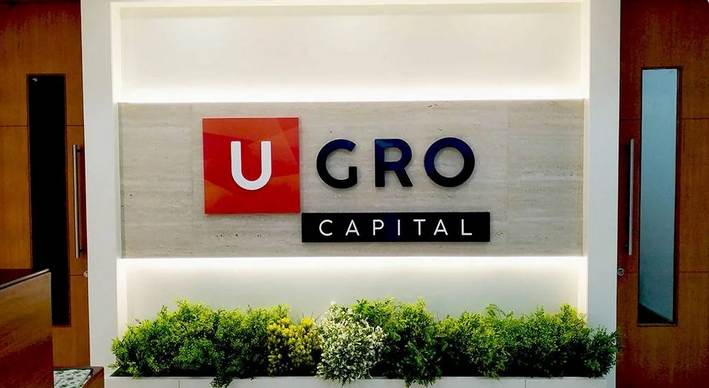Recent advancements in medical research have provided critical insights into health practices that are shaping the future of patient care. From the discovery of calcium buildup in breast arteries as an indicator of heart disease risk to the benefits of virtual palliative care, and the safety of CAR-T cell therapy, these findings highlight the dynamic intersection of technology and healthcare. These breakthroughs highlight the potential for enhanced treatments, early diagnoses, and improved patient outcomes across diverse medical fields. Let’s dive into the latest discoveries and their implications for patient care.
A significant finding discussed at the Menopause Society’s annual meeting in Chicago involves the link between breast arterial calcifications detected in mammograms and an increased risk of heart disease. Traditionally, mammography has been utilized for detecting breast cancer; however, research is now shedding light on its potential to identify early signs of cardiovascular disease in women.
Two separate studies investigated the relationship between calcifications in breast arteries and heart disease risk. The first study followed nearly 400 women for 18 years, revealing that those with breast arterial calcifications had a higher likelihood of developing atherosclerotic cardiovascular disease compared to those without calcifications. The data showed that 23% of women with these calcifications developed clogged arteries, compared to 13.9% of women without the calcium buildup.
Hannah Daley of Drexel University College of Medicine, who led one of the studies, emphasized the importance of reporting breast arterial calcifications on mammograms. This could provide an additional tool for assessing heart disease risk, giving primary care physicians and cardiologists more comprehensive data to guide treatment plans. As heart disease remains the leading cause of death in women, such discoveries could revolutionize how cardiovascular risks are detected and managed.
The second study, led by researchers at Penn State College of Medicine, pooled data from nine different studies involving nearly 47,000 women. They found that women with breast arterial calcifications were not only at a higher risk for atherosclerotic cardiovascular disease but also faced increased risks of stroke, cardiovascular death, and congestive heart failure. This supports the notion that the presence of these calcifications could serve as an important marker for broader cardiovascular health concerns.
The combined results from these studies suggest that calcifications seen in breast arteries should not be overlooked, as they could provide crucial early warnings for cardiovascular diseases that disproportionately affect women.
For patients diagnosed with serious illnesses, palliative care is a critical aspect of managing symptoms, pain, and improving the quality of life. However, access to in-person palliative care remains limited in many regions, particularly for those in rural or underserved areas. A groundbreaking study has shown that virtual palliative care, provided through video visits, can be just as effective as in-person consultations.
The study, which involved 1,250 patients with advanced lung cancer, compared the outcomes of those receiving virtual palliative care to those receiving traditional in-person care. Over the course of 24 weeks, both groups showed significant improvements in their quality of life, with no notable differences between the two methods of delivery. This finding has profound implications for healthcare providers and patients alike, as it supports the use of telehealth as a viable solution for delivering high-quality palliative care to a broader population.
While virtual care did not result in lower caregiver participation compared to in-person care, caregiver satisfaction, mood symptoms, and perceptions of the quality of life were equally positive in both groups. This highlights the flexibility and effectiveness of telehealth services, particularly for patients who might not have access to specialized clinicians in their area.
Given the national guidelines recommending early palliative care for patients diagnosed with advanced cancers, the study’s findings reinforce the importance of making these services widely accessible. As healthcare systems increasingly adopt telehealth platforms, this study provides crucial evidence supporting the continuation of virtual palliative care services for seriously ill patients.
CAR-T cell therapy has gained attention for its effectiveness in treating certain types of blood cancers. This therapy involves altering a patient’s own immune cells to attack cancer cells. While CAR-T cell therapy has shown great promise, questions have been raised regarding the potential for patients to develop second primary cancers following treatment. A recent review of clinical trials offers reassuring news: the risk of developing a second new malignancy after CAR-T cell therapy is no higher than the risk associated with standard cancer treatments.
In this review, researchers analyzed data from 5,517 participants in 18 clinical trials conducted across various countries. The studies focused on six CAR-T cell therapies approved for use, including therapies from major pharmaceutical companies such as Bristol Myers Squibb, Johnson & Johnson, Novartis, and Gilead Sciences. After a median follow-up of nearly 22 months, the data revealed that 5.8% of CAR-T therapy patients developed a second primary malignancy, which is comparable to the 4.9% rate observed in patients receiving traditional therapies.
One key takeaway from the study is that patients who had undergone more than three prior cancer treatments before receiving CAR-T therapy were at a higher risk of developing second cancers. This suggests that the cumulative effects of multiple treatments might contribute to tissue damage, rather than CAR-T therapy itself increasing the risk.
Dr. Kai Rejeski of Memorial Sloan Kettering Cancer Center, the study’s leader, emphasized that CAR-T cell therapy remains a safe and effective option for blood cancer patients, particularly in light of its overall survival benefits. As the first therapy in over two decades to demonstrate a significant survival advantage in the most common form of lymphoma in U.S. patients, CAR-T therapy represents a breakthrough in cancer treatment.
These findings across mammography, virtual care, and CAR-T therapy reflect the power of technology and innovation in shaping modern healthcare. By integrating advanced diagnostics, telehealth services, and cutting-edge cancer therapies, the medical community is continuously improving patient care and outcomes.
The discovery of breast arterial calcifications as a marker for heart disease risk has the potential to revolutionize preventive care for women. By using mammograms as a dual-purpose diagnostic tool, healthcare providers could identify at-risk individuals earlier, potentially preventing life-threatening cardiovascular events.
The success of virtual palliative care also highlights the growing role of telehealth in providing accessible, high-quality care to patients, regardless of their geographic location. As telehealth continues to evolve, it offers an effective way to deliver care to vulnerable populations, ensuring that more patients receive the support they need during critical phases of their illness.
Finally, CAR-T cell therapy’s success in treating blood cancers while maintaining a low risk for secondary cancers reaffirms the therapy’s place as a leading option in oncology. As more research is conducted and new therapies are developed, the potential for CAR-T therapy to benefit even more patients grows, offering hope to those battling aggressive forms of cancer.
In conclusion, the intersection of technology, research, and patient care is driving significant advancements in healthcare. These findings reflect the ongoing commitment of the medical community to improving outcomes for patients, while also leading the way for future innovations in diagnosis, treatment, and care delivery.

 These findings reflect the ongoing commitment of the medical community to improving outcomes for patients, while also leading the way for future innovations in diagnosis, treatment, and care delivery.
These findings reflect the ongoing commitment of the medical community to improving outcomes for patients, while also leading the way for future innovations in diagnosis, treatment, and care delivery.




















.jpeg)


.jpeg)



.jpeg)
.jpeg)






.jpeg)





